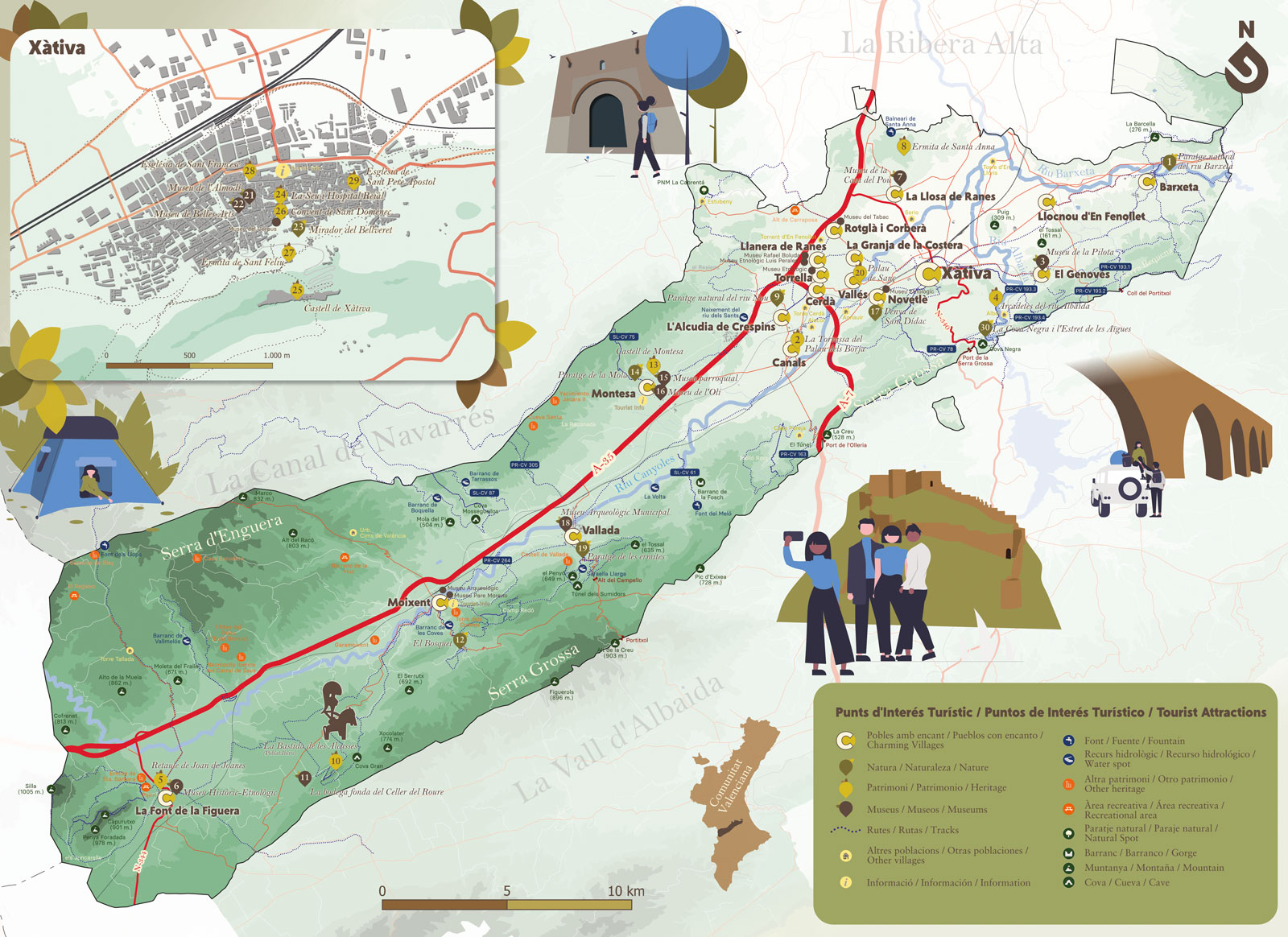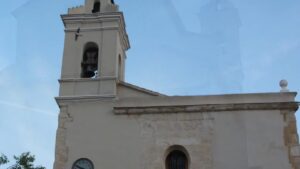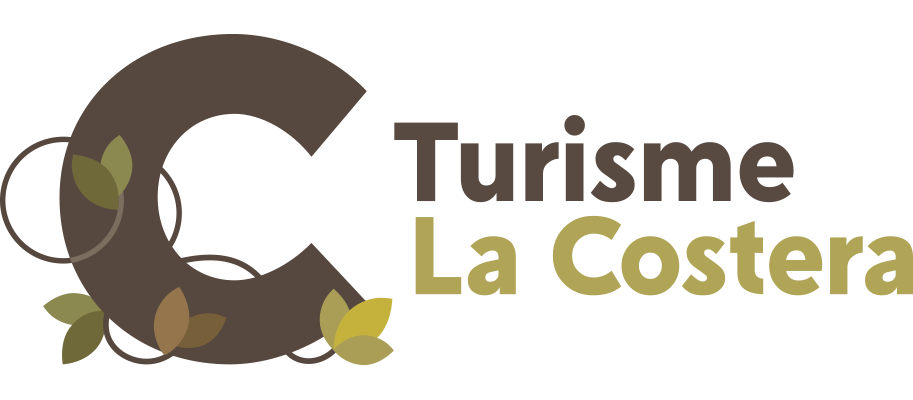
Torrella

Torrella is an agricultural village of the Costera, with irrigated land and orange trees as the main crop. The origin of Torrella comes from a fortified medieval farmhouse, which took the name of its lords, first the Llançol and then in 1609 the knights Torrella. The fortified farmhouse belonged to the municipality of Xàtiva until 1707.
Llocnou d'En Fenollet

Llocnou d'En Fenollet is integrated within the valley of Barxeta. It borders the towns of Barxeta, Genovés and Xàtiva, and is located between the Puig mountain and the Manuel river. The origin of the village and its name come from the lineage of the Fenollet, a family of great importance in the region during the period after the conquest. The Fenollet family had lordly rights in Annauir, el Genovés and Llanera de Ranes. The current territory of Llocnou was part of the Capçades del Puig, fields of vineyards planted during the Islamic period. The vines were replaced here by the first rice crops in the 18th-19th centuries, and the name Plantades del Puig was born.
La Font de la Figuera

To the west of the Costera is Font de la Figuera. Its extensive municipal district is within the Terres dels Alforins wine-growing area, which also includes the towns of Moixent and Fontanars dels Aforins. A dry land where high quality wines are produced. Given the importance of wine cultivation, it is a must to visit the Historical-Ethnological Museum of La Costera, located in a restored winery from the late eighteenth century.
Rotglà i Corberà

Rotglà i Corberà is a municipality in the Costera region bordering the towns of Llanera de Ranes, La Granja de la Costera and La Llosa de Ranes. Originally they were two independent Muslim farmsteads, which after the conquest passed into the hands of knights and citizens of Xàtiva. It must be said that in 1520 they suffered a sacking at the hands of the agermanats of Xàtiva. In 1854 the two urban centers were merged into a single municipality.
Llanera de Ranes

On a gentle slope of the Costera de Ranes is Llanera de Ranes. Originally this village was an annex of the disappeared farmhouse of Cairent, which before the expulsion of the Moors had 32 houses. In 1650, Jordi Sanç de Vilaragut y de Castellví was granted the title of Marquis of Llanera, from which the village takes its name.
El Genovés

El Genovés was an Arab farmhouse belonging to the Muslim Xàtiva. After the conquest of Xàtiva, James I gave the farmhouse to a doctor named Baldovino and his brother Giovanni, from Genoa. Since then it has been called the Alquería del Genovés, as it was previously known as the Alquería del Xiu, until in 1762, after several historical vicissitudes, it became independent from Xàtiva.
Xàtiva

Xàtiva, known as the city of a thousand fountains, is the capital of the Costera region. It is located between the basin of the river Albaida and its tributary the river Cànyoles. Its municipal area includes the districts of Torre de Lloris, Annauir and Sorió.
Novetlè

Novetlè. In the town square, where the palace of the Tallada family used to be, is the parish church of the Virgin Mary of Roser built in the sixteenth century. To the right of its facade there is a beautiful altarpiece of taulellets of the eighteenth century depicting the Trinity, St. Bartholomew and St. Mary Magdalene.
L'Alcudia de Crespins

Alcúdia de Crespins is a town on the Coast located on the left side of the Cânyoles river on the southern slope of the Serra d'Enguera. The riu dels Santso riu Nou rises at the end of Alcúdia de Crespins, in the place known as El Naixement and very close to the swimming area of the riu Nou. Its lands are irregular; on the banks of the river they are steep and in the north they form gentle hills.
Vallés

Vallés is a small municipality of the Costera located on the left bank of the river Cànyoles. Very close to the Vallés mill and the Mesos weir, the municipality is irrigated by the Ranes irrigation channel, which dates back to at least the 10th century. Vallés is documented in the 14th century as the farmhouse of Jaume Vallés. It had 18 houses when the knight of Xàtiva, Bernat Sanç, repopulated it with old Christians in 1609. In Vallés is the Palace of Sanç, one of the architectural jewels of the Valencian civil Gothic of the 15th century. It is located at one end of the Plaza Mayor, very close to the river Cànyoles, from where we can enjoy magnificent views of the Vernissa mountain range and the city of Xàtiva.
Montesa

Montesa is a historic municipality of the Costera with an impressive castle that is visible from many points of the region.
The Castell de Montesa is declared a historic-artistic monument and was for centuries the headquarters of the Order of Montesa. Destroyed by an earthquake and its aftershocks in 1748, only some parts of what was once the Sacred and Royal Convent of the Order of Santa Maria de Montesa and San Jordi de Alfama can still be recognized.
La Llosa de Ranes

Llosa de Ranes is a welcoming town that has managed to preserve its cultural and identity features and where visitors can enjoy many places of interest. The town center rests on a hill, at the top of which is the hermitage of Santa Anna. Half of the municipality is steep and mountainous. The rest is dedicated to irrigated crops, in the alluvial plain of the river Cànyoles.
Canals

Canals is a beautiful municipality of the Costera located to the left of the river Cànyoles. Its origins date back to ancient times and already in the time of Al-Andalus was the enclave that regulated the waters of the river dels Sants, essential for irrigation of much of the region. Canals is the birthplace of Pope Calixtus III and is part of the Borgia Route, which runs through the towns and cities linked to the most universal Valencian family: the Borgia.
Vallada

Vallada is a historic municipality in the Costera region, located in the Montesa valley at the foot of the Serra Grossa mountain range. The area has special geological characteristics and a very unique flora and fauna.
Moixent

Moixent is a historic municipality in the Costera region located between the towns of Vallada and Font de la Figuera, at the foot of the Serra Grossa. It has an extensive municipal area where the traditional agriculture of vineyards, olive trees and other crops give way to new sustainable economies: rural farmhouses, caving, cycling and wine tourism. Some of the best wines of the Valencian territory are produced here.
La Granja de la Costera

Its location, far from important communication channels, makes La Granja de la Costera a very quiet place. The village is located on a natural plain surrounded by fields. Its lands are devoted primarily to irrigated fruit crops, mainly oranges.
Barxeta

Barxeta is located at the easternmost end of the Costera. Its name has Islamic origins, it was a Muslim farmhouse conquered by Jaume I. In 1488 it was owned by the lords of Tallada, of Italian descent, and in 1574 it gained independence from Xàtiva. The valley of Barxeta has always been inhabited and there are several archaeological sites in the area, including Casa Perot, where remains of an Iberian-Roman settlement were found, and Els Terrers and La Judia, where a walled settlement from the Bronze Age was discovered.
Cerdà

Cerdà is a small municipality located on la Costera de Ranes line of towns. It was an old farmhouse owned by the Ferran family, which later passed into the hands of the Cerdàs. Among its historical heritage, the Palace of the Marquis of Montortal stands out, of Moorish origins (16th century), or the parish church, dedicated to San Antonio Abad, from the early 16th century.
Very interesting are the ceramic panels that are preserved in some of the facades. The altarpiece of Sant Antoni Abad, dated at the beginning of the 20th century, or the altarpiece of Santa Teresa de Jesús, from the beginning of the 19th century, both declared As of Local Relevance, stand out.
